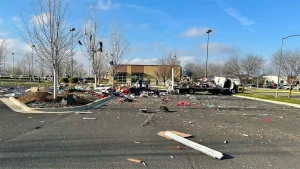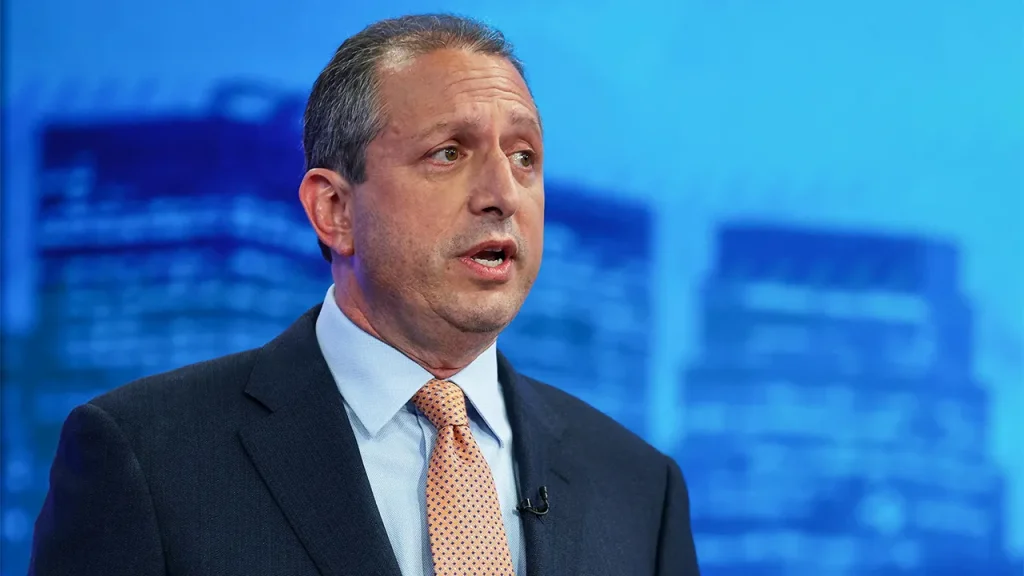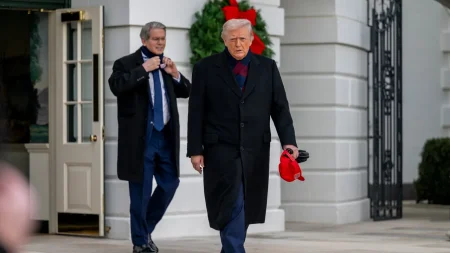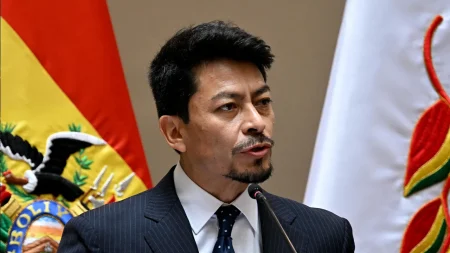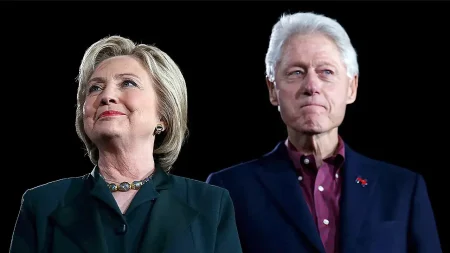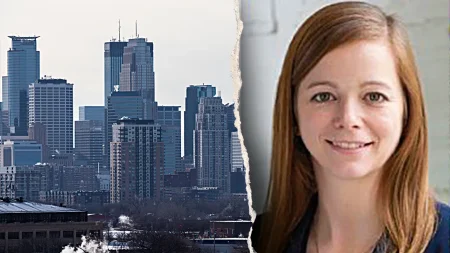New York City Officials Stage Immigration Protest at Federal Building
In a bold display of political activism, New York City Comptroller Brad Lander joined fellow lawmakers and protesters in a sit-in demonstration at Manhattan’s 26 Federal Plaza on September 18, 2025. The protest centered around immigration enforcement practices, with participants attempting to gain access to Immigration and Customs Enforcement (ICE) offices and detention facilities housed within the federal building. According to sources familiar with the situation, the demonstration escalated when protesters tried to enter secured areas, prompting ICE officers to reinforce entry points with additional locks and zip ties. The agency reportedly increased security personnel on the tenth floor, where officials say several individuals described as “egregious criminal aliens” are currently being detained.
The confrontation inside the federal building represents a significant escalation in the ongoing national debate over immigration enforcement policies. As one of the city’s highest-ranking officials, Comptroller Lander’s participation elevates what might otherwise be viewed as a standard protest into something with potentially greater political implications. His social media posts about the event included tags to the Democratic Socialists of America, suggesting ideological alignment with progressive movements that have long criticized federal immigration enforcement tactics. The demonstration comes at a time when tensions between local governments and federal immigration authorities continue to simmer across the country, particularly in sanctuary cities where local officials often limit cooperation with ICE operations.
Beyond the walls of the federal building, a complementary demonstration unfolded in the plaza below, where activists created a human blockade around ICE transport vehicles. The protesters effectively prevented the vans—typically used to transport detainees to detention centers or deportation proceedings—from departing the facility. The coordinated nature of these simultaneous indoor and outdoor actions suggests a well-organized effort to disrupt normal ICE operations and draw public attention to immigration enforcement practices. Chants echoed throughout the plaza as demonstrators held their ground, creating a scene that attracted significant media attention and public curiosity from passersby in the busy downtown Manhattan location.
The protest occurs against the backdrop of longstanding friction between progressive urban centers and federal immigration policies. In cities like New York, which has maintained sanctuary policies limiting cooperation with federal immigration authorities, local officials have frequently criticized what they characterize as heavy-handed enforcement tactics. This tension between local and federal authorities has intensified in recent years, with the Justice Department previously taking legal action against jurisdictions like Los Angeles over their sanctuary city designations. The demonstration at Federal Plaza appears to be the latest manifestation of this ongoing jurisdictional and ideological conflict that has characterized American immigration politics for more than a decade.
For the individuals involved in the protest, the risks extend beyond the immediate confrontation with federal authorities. Interfering with federal operations, particularly those related to law enforcement, could potentially result in legal consequences for participants. That a sitting comptroller—an elected official responsible for overseeing the city’s fiscal policies and auditing government agencies—would participate in such direct action demonstrates the intensity of feeling surrounding immigration issues. Lander’s presence raises questions about the appropriate boundaries between official duties and personal activism, especially when that activism involves challenging federal authorities within their own facilities. His association with the Democratic Socialists of America further underscores the ideological dimensions of the conflict.
As this situation continues to develop, it remains unclear what immediate impact the protest might have on ICE operations or broader immigration policy. However, the demonstration highlights the profound divisions that persist in American society regarding immigration enforcement. The visual of elected officials sitting in protest against federal authorities creates powerful imagery that will likely resonate with both supporters and critics. Whether this action represents an isolated incident or the beginning of more confrontational tactics by local officials opposed to current immigration policies remains to be seen. What is certain is that the intersection of immigration enforcement, local governance, and direct action activism continues to be a volatile and emotionally charged aspect of American political life, with few signs of resolution on the horizon.
